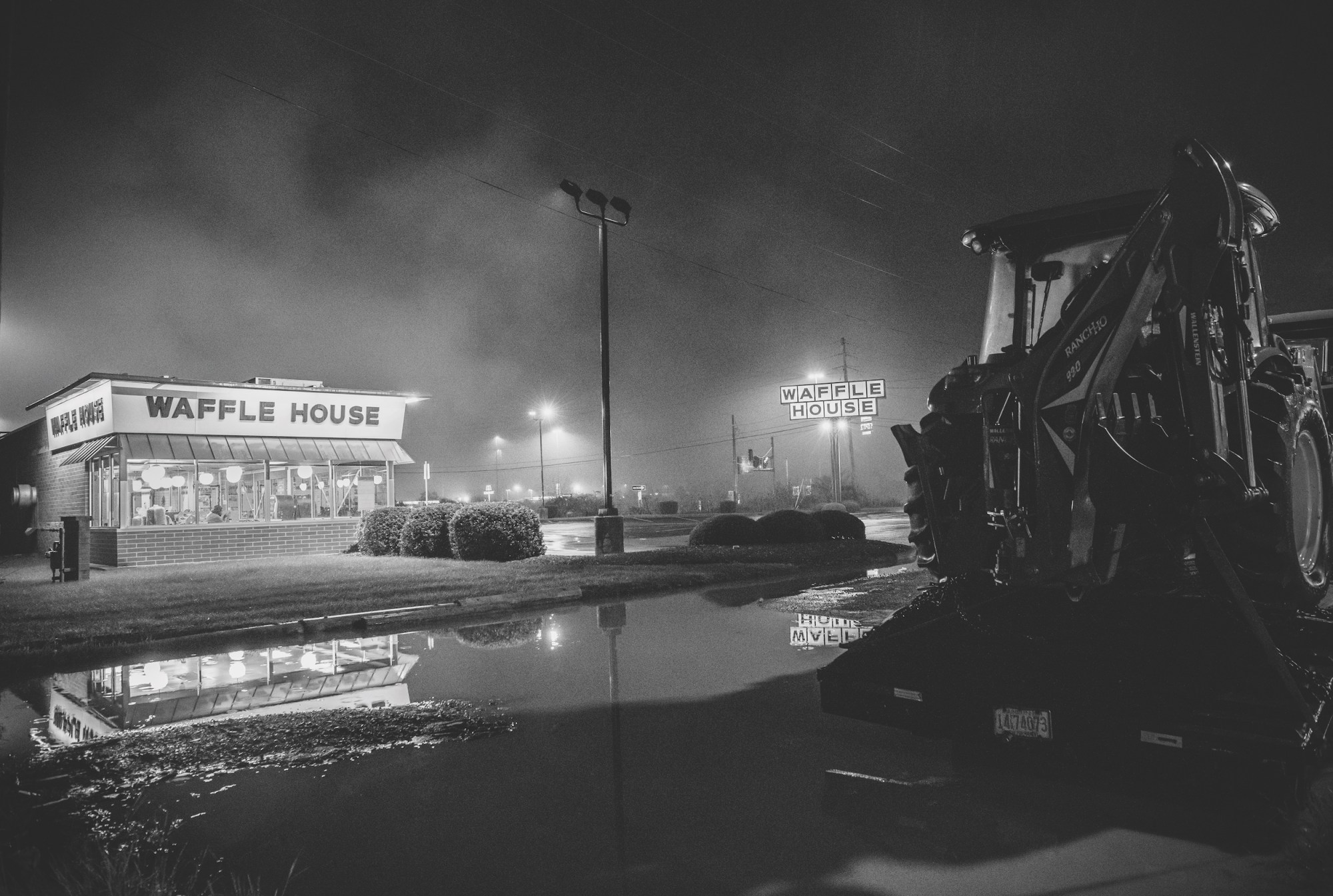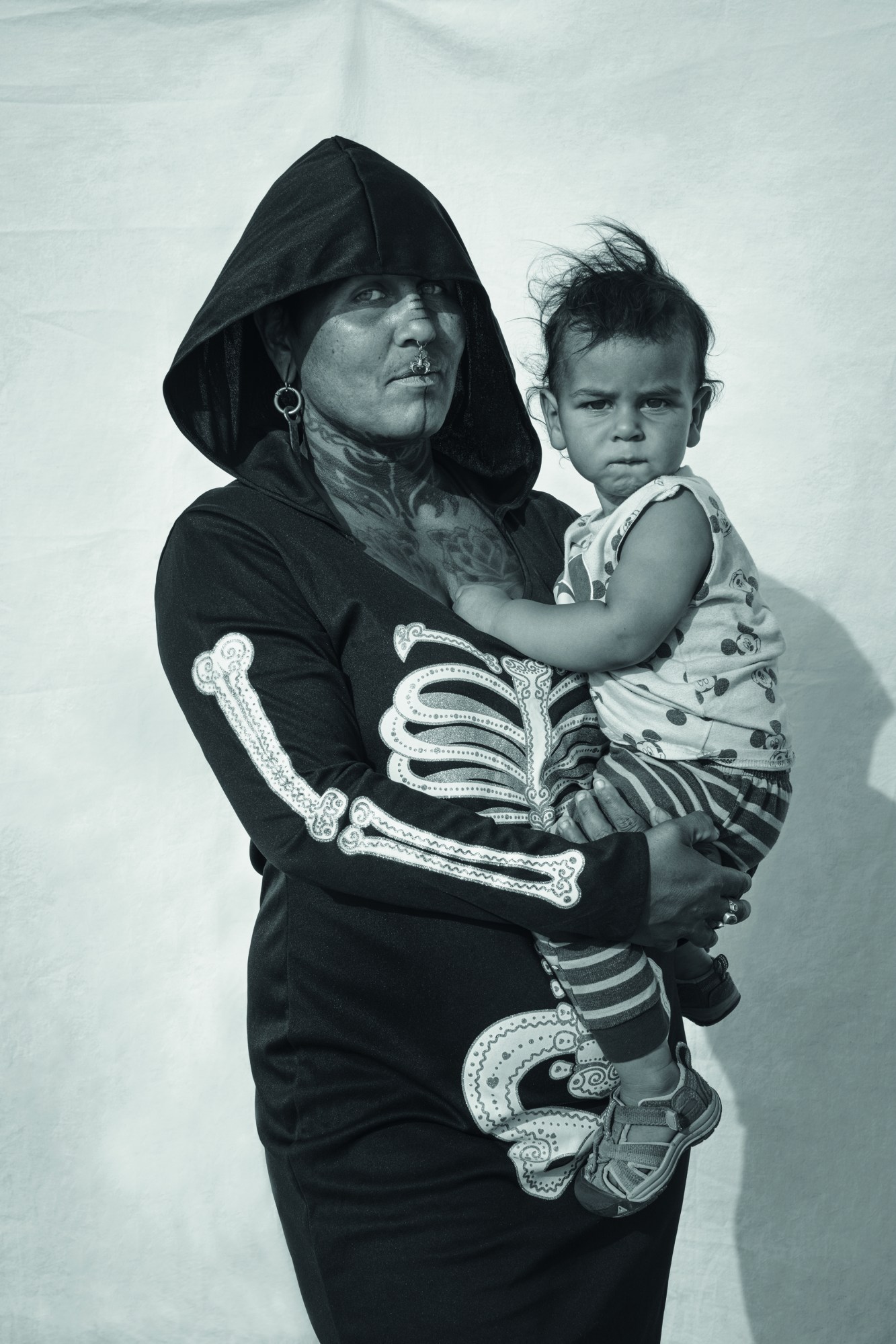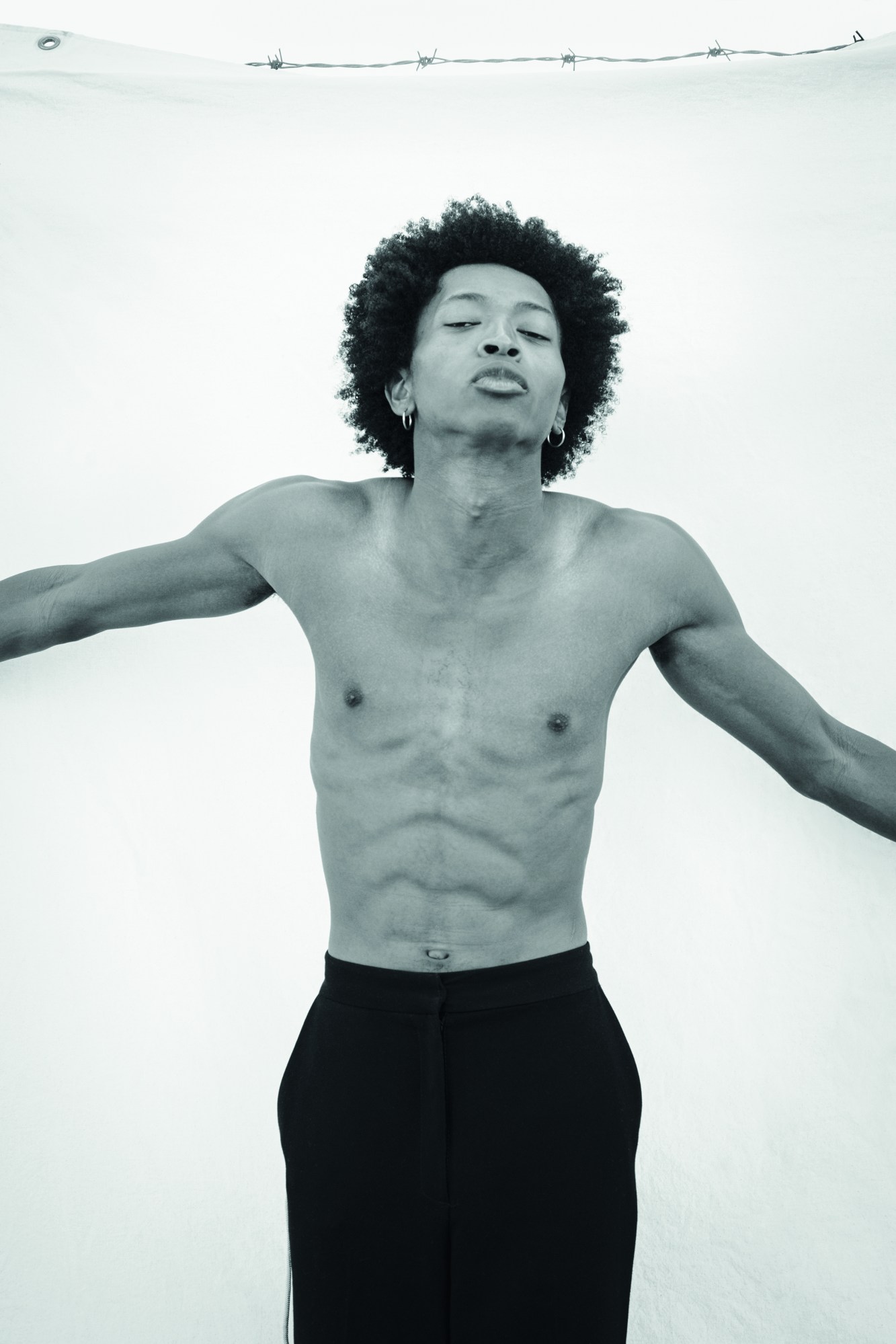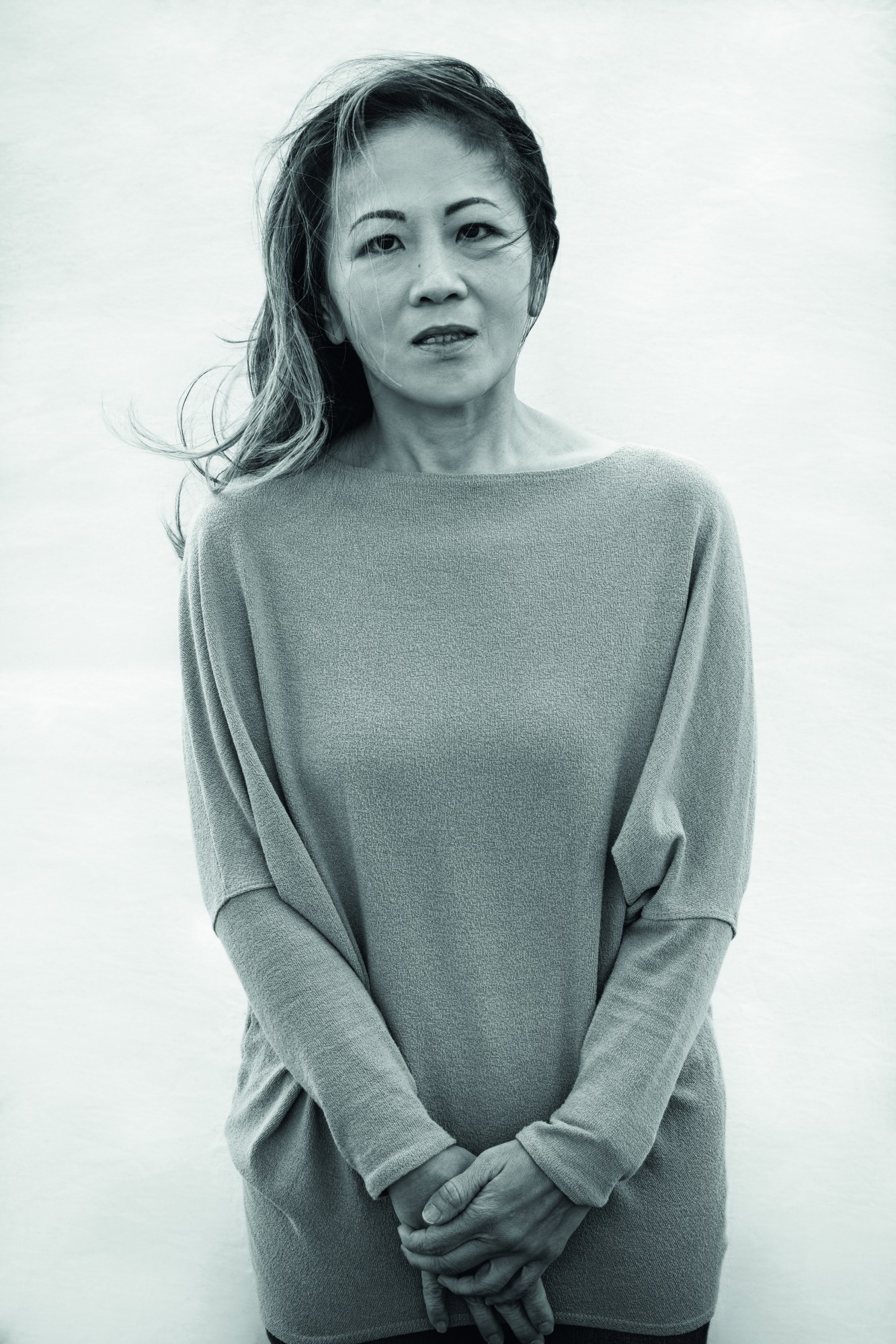By now, The Great American Road Trip is firmly wedged into our collective consciousness. Shots of gas stations and all-night diners come to mind whenever someone says ‘Americana’ or ‘Kerouac-esque’. It’s a well-worn road, of course. Robert Frank photographed his trip and made his seminal book The Americans. Walker Evans undertook a similar trip in the 30s. And yet, for so long, this romantic snapshot of the States has been viewed through a distinctly male lens.
So, what would a modern-day road trip look like from a female perspective? In a post-COVID world? In a politically divided country in the midst of a climate crisis? And crucially, what does the current face of America look like?
Florence Montmare is not only a female photographer but an immigrant who was born in Vienna, raised in Stockholm, and now lives in New York. She saw America through her own outsider’s lens, envisioning a very different and very modern kind of road movie. “I thought that my perspective might be different,” she says of her 7,000-mile trip, which she started and finished in New York and which took a route influenced by the 20th century’s historic migration paths. “As a female, you approach things differently; it’s a different sensibility altogether, I think. Most photographers that do this kind of thing are men.”

For her project – titled America Series – she opted for a Ford Mustang Mach-E electric SUV because, as she says, you have to think about the environment when record-breaking temperatures are constantly in the headlines. “I also hadn’t seen anyone do that kind of thing,” she says. On the road, she met people randomly at charging stations. She only used Google Maps to find places to stay at night, or where the next charging stations were, locating them at various Walmarts and gas stations. Everything else was improvised.
In the book, she mixes landscape photos of vast expanses of barren land with intimate portraits of strangers, asking them about their hopes and dreams and including their voices alongside their portraits. She captures beauty pageants in Pennsylvania, empty parking lots in Arizona, and epic stretches of desert between towns and cities. Along the way, she met people like Sky Red Hawk, from the Lakota tribe, who talked about secrets in nature and the lessons we can learn. She met another Native American woman who worked as a social officer trying to find safe homes for Native American children. All characters that would impact her journey and herself deeply.

It’s worth noting that when Florence embarked on this trip, the US was in a weird time, she says, having dealt with the isolation of Covid and the political division routinely presented on TV screens and social media. She wanted to make a pilgrimage through this country that she had started calling home, but she knew that her home, New York, was not America in any way. So, meeting people face-to-face was important. The connection between people was important. And making visible the unseen connectedness between people was important.
“We had a lot of divisiveness in the media. And I was just really wondering if that was really true. I needed to see for myself.” Really, she wanted to find what unites people rather than divides. “It was just the idea of getting outside of your bubble, out of your comfort zone.” The first time she picked up her camera since COVID and started talking to strangers, she had a really emotional reaction to it. It was actually something she was afraid of, she admits, because of her shyness. “I think a lot of photographers are naturally shy. That’s why we hide behind a lens. For me, it was a passport to talk to people.”

She writes in the book that there is something radical about an encounter with a stranger. I ask her what that might be. “There’s a risk, right?” she says. “There’s something radical about it because crazy things will happen. It’s also the meeting between eyes and that idea of, wow, we’re much closer than we think. You also know nothing about this person. But you have a sense of their energy, what they are or what they could be.”
Filled with curiosity and compassion, Florence started to connect on a deeper level with these strangers. “It was strange because, within a few minutes, people reveal the most intense and intimate details about themselves,” she says. “And I feel like it’s about revealing yourself too.”
Did the young people that she met give her hope for the future? “Some people almost felt like they had lost their sense of hope because of climate change and politics in the country; some of them were very angry,” she says. “I met this woman in New Orleans. I think she was 21 or something, and she had learned that she was going to go deaf by 23. But she said the most wonderful thing: ‘By then, I think it’s going to be fine because I think I’ve heard enough.’ And it broke my heart, but it made me understand how little I understand and how amazing people are.”

The truth is, she found both hope and despair. It wasn’t as simple as the younger people were more hopeful and the older were more despairing. “The age thing didn’t matter,” she says. “Some of the people I met in their 50s and 60s were younger than they were [in their outlook], and the young people were much older. All these markers or descriptors of who we are, who we think we are because we were born like this or we come from this, it just didn’t seem that important.”
What she learned very quickly was that most people want the same thing. “Whether you’re wearing a T-shirt that says you have a gun permit that never expires, or whether you’re helping the poor – these people want connection, they want community, they want security and safety. And so there’s more unity than I would have imagined before I took this trip.”

As an outsider, Florence had romanticised America – and Americana – by listening to records in her room as a kid and imagining a road trip with her friend. And while there are many problems in the country she now calls home – political division, gun violence and an opioid crisis – Florence’s experiences with people on the road have left her more optimistic. “It’s a very diverse country, but there’s such a beautiful kind-heartedness to the people in general: a generosity, a sense of civil courage that I just don’t find anywhere else to be honest.”
Her road trip did have a few hiccups along the way. One such moment of sweaty panic involved the car running low on charge in one of the worst possible places. “I was in Death Valley, where it was so hot, and I had to run the AC because it was just horrible,” she says. “I remember feeling so scared. And I felt this extreme kind of heat climate. And there I was in an electric car, and if I ran the AC, it would run out of charge.”

Did she get out okay?
“In the end, it was fine, but I had to turn off the AC completely. It was really panicky because, in that moment, I started to think about climate change, like in real-time: What if this is it? What if this is how it’s going to be?”
‘America Series’ is published on 26 October by Damiani at £45/$55/€50. Available in bookshops and online.
Credits
All images © Florence Montmare
